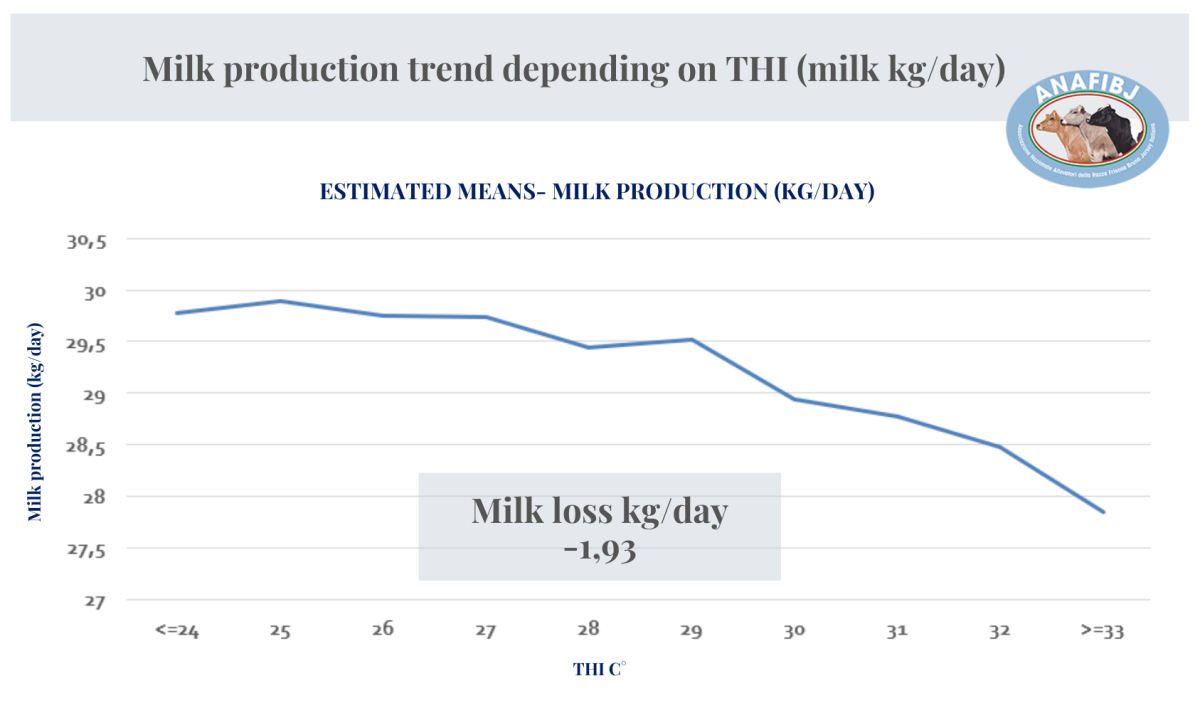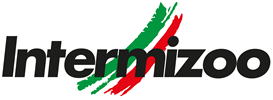The most important news of this evaluation is the pubblication of the Index for Heat Tolerance – IHT by ANAFIBJ, the National Association of Italian Holstein Breeders.
 What is the heat stress?
What is the heat stress?
In the last news, it has been talk about heat stress: cows begin to experience heat stress at much lower temperatures than humans. In general, heat stress starts around 25°C, with some variations due to the fisiological and productive condition of the cow.
As shown by the ANAFIBJ studies, as the temperatures increse above 24°C the milk production starts to lower, causing a potential milk loss up to 2 kg/day if temperatures are higher than 33°C.
Heat Tolerance Index
As the other management traits, the Heat Tolerance Index is expressed with mean 100 and standard deviation 5. Therefore, the daughters of bulls with an index higher than 100 will be able to tolerate increasing temperatures, without significant loss in milk production.
As a matter of fact, bulls with an index more of 105 show a difference in production between summer and winter of 0.33kg/day, while bulls with an index lower than 95 show an higher variation, up to 1.24kg/day.
The Heat Tolerance Index has:
- heritability of 16%
- Negative correlation with milk production
- Positive correlation with SCS, Mastitis and Fertility.
The data collection involved in the Heat Tolerance Index is very solid and numerous: it takes into account the maximum daily temperatures and relative humidity of a period of time from 1994 to 2021. Each farm has 2.3 weather station with a average distance of 25km. Weather and production datas have made it possible to create this new index.
Since the effects of the global warming have such an impact, selecting for animals able to tolerate increasing temperatures without lowering milk production will be very important for the sustanability of the dairy farm.

